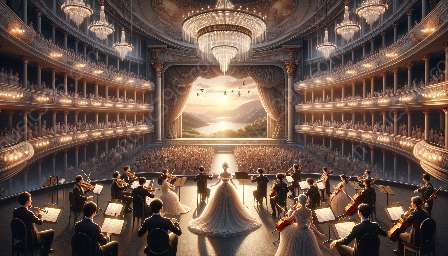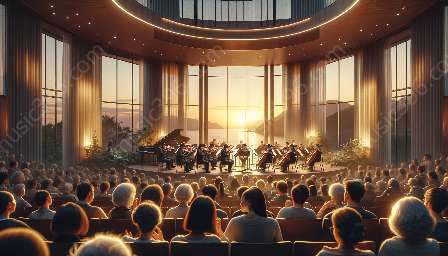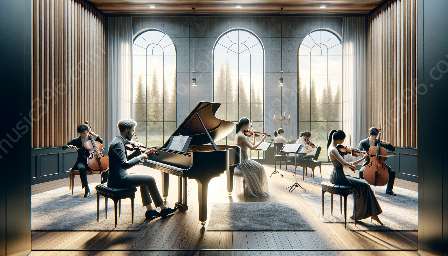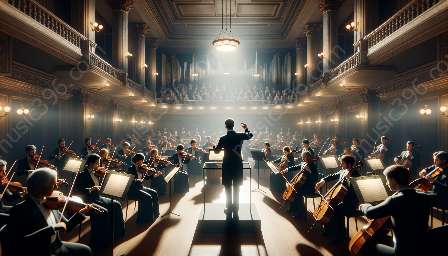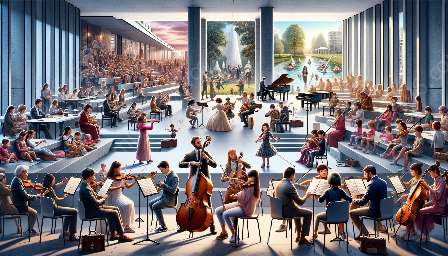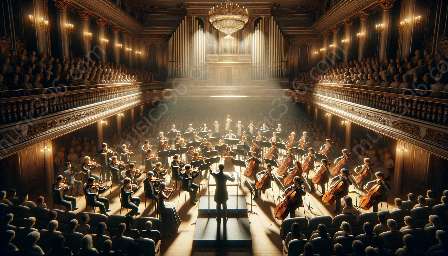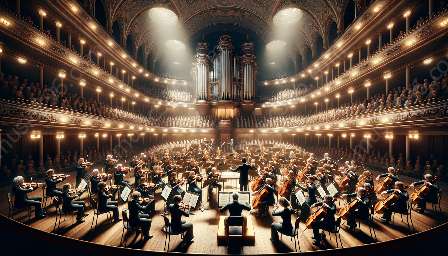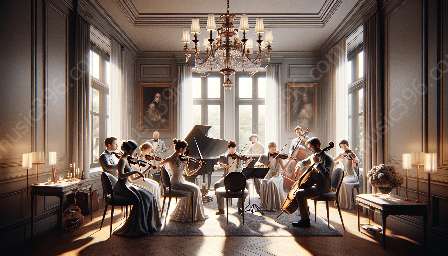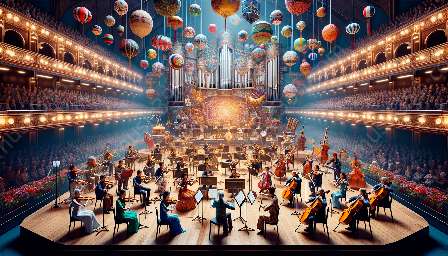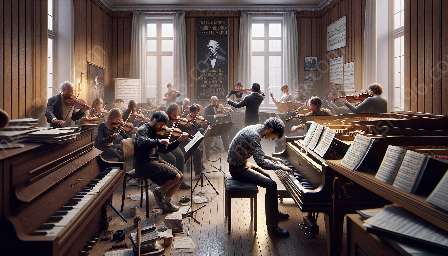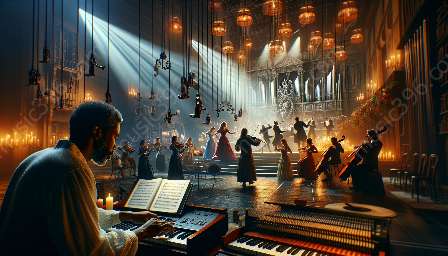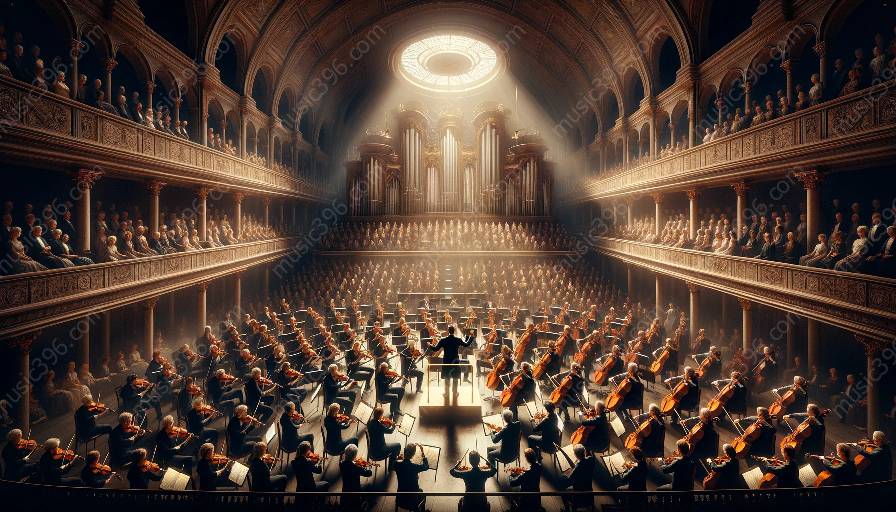Classical music has had a profound influence on musical ensembles, particularly in the context of symphonies and concertos. This influence has shaped the development of classical music and the performance of ensembles, making it an integral part of the musical landscape.
Understanding Classical Music
Classical music is a genre of Western music that spans a period from the 11th century to the present day. It includes a wide range of styles and forms, with significant contributions from composers such as Mozart, Beethoven, and Bach. Classical music is known for its complexity, sophistication, and rich musical heritage, making it a significant influence on musical ensembles.
Influence on Musical Ensembles
Classical music has significantly influenced the formation and performance of musical ensembles. Ensembles, such as orchestras, chamber groups, and choirs, have been shaped by classical compositions, particularly symphonies and concertos. The impact of classical music on ensembles can be seen in various aspects:
- Instrumentation: Classical music introduced a wide range of instruments and their combinations, which shaped the formation and structure of ensembles. Symphonies and concertos often showcase the capabilities of these instruments, inspiring the formation of classical ensembles with a diverse instrumental setup.
- Technical Skills: The intricate compositions and arrangements in classical music require high levels of technical proficiency from ensemble members. This has influenced the training and skill development of musicians within ensembles, pushing them to excel in their craft.
- Artistic Expression: Classical music has provided a platform for artistic expression within ensembles. The emotive and expressive nature of symphonies and concertos has influenced ensemble performances, encouraging musicians to communicate and interpret musical ideas with depth and passion.
- Structural Integrity: The formal structures and compositions of classical music, particularly symphonies and concertos, have influenced the structural integrity of musical ensembles. Ensembles often follow the organizational principles established in classical compositions, ensuring coherence and unity in their performances.
- Collaborative Dynamics: Classical music emphasizes the importance of collaborative dynamics within ensembles. The intricate interplay between different instrumental sections and voices in symphonies and concertos has influenced the collaborative nature of musical ensembles, fostering teamwork and cohesion.
- Repertoire: Classical influence has enriched the repertoire of musical ensembles, with symphonies and concertos serving as foundational pieces in their performance catalog. The rich heritage of classical compositions has provided ensembles with a diverse and profound repertoire to showcase their skill and artistry.
- Educational Emphasis: The influence of classical music has permeated the educational landscape of musical ensembles. Training and education in classical compositions, particularly symphonies and concertos, have become integral to the development of ensemble musicians, imparting historical, technical, and artistic knowledge essential for their growth.
Symphony and Concerto: Cornerstones of Classical Influence
Symphonies and concertos hold a special place in the influence of classical music on musical ensembles. They have been instrumental in shaping the development and performance of ensembles, serving as cornerstones of classical influence. Let's delve deeper into their impact:
Symphonies:
Symphonies are large-scale compositions for orchestras and are characterized by multiple movements that showcase different musical themes and variations. They have been pivotal in influencing the formation and performance of orchestral ensembles. The symphonic structure has set a benchmark for orchestral arrangement, instrumentation, and compositional depth. Symphony performances have demanded intricate coordination and musical sensitivity from ensemble members, shaping the orchestral landscape significantly.
Concertos:
Concertos feature a solo instrument or a small group of instruments accompanied by an orchestra. They have had a transformative influence on the dynamics and interaction within ensembles. Concertos have highlighted virtuosity and individual expression within ensembles, shaping the role and significance of soloists and accompanists. The collaborative balance and interchange between soloists and orchestral sections in concertos have influenced the collaborative dynamics within ensembles, enriching their performances.
Legacy of Classical Influence
The influence of classical music on musical ensembles has left a lasting legacy, shaping the evolution and identity of ensembles. This legacy extends to various aspects:
Conclusion
The influence of classical music on musical ensembles, particularly in the context of symphonies and concertos, has been profound and far-reaching. It has shaped the formation, performance, and legacy of ensembles, driving them to achieve excellence in their interpretation of classical compositions. The enduring impact of classical influence continues to inspire and elevate the musical landscape, ensuring the timeless relevance of classical music in the world of musical ensembles.

